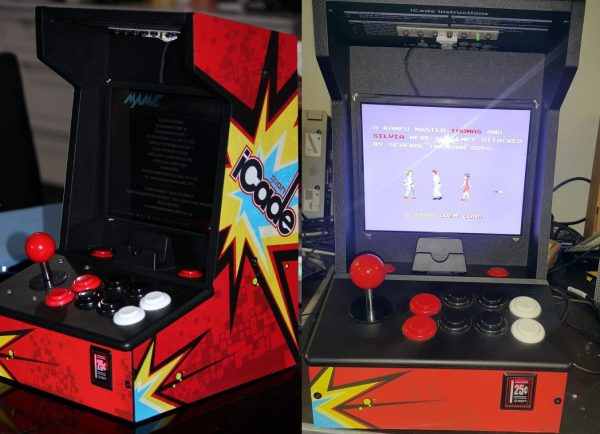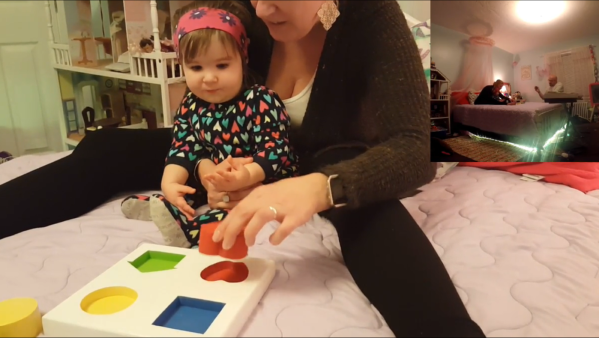The naming and remixing in this project can get a little confusing to those unfamiliar with the different elements involved, but what [John Gerrard] has done is take a stylish mini arcade cabinet intended as a fancy peripheral for an iPad and turned it into an iPad-free retro arcade gaming cabinet. He also designed his own power controller for graceful startup and shutdown.
The project started with a peripheral called the iCade (originally conceived as a fake product for April Fool’s) and [John] observed it had good remix potential for use as a mini retro gaming cabinet. It was a good starting point: inexpensively purchased off eBay with suitable arcade-style joystick and buttons, a nice layout, and plenty of hacking potential. With a small variety of hardware from familiar sources like eBay and Aliexpress, [John] rounded up most of what he needed.
Continue reading “IPad Tossed Out For RetroPie Arcade Cabinet Redux”

















